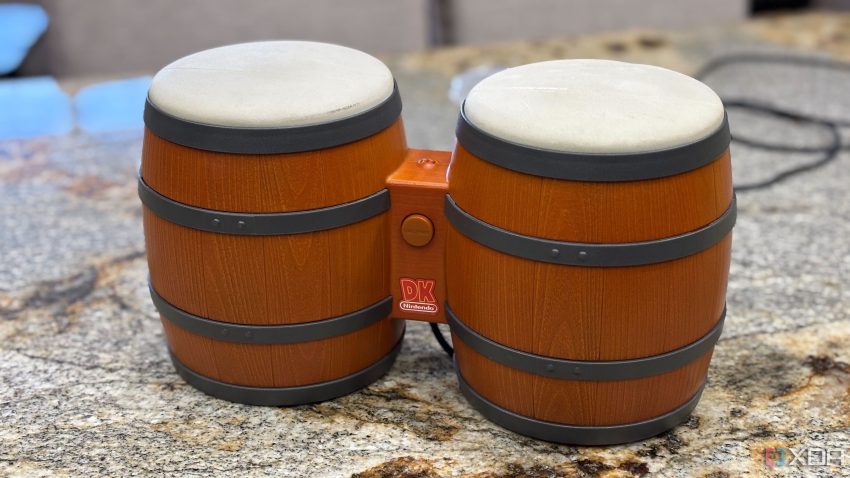The Rise and Fall of Unconventional Gaming Peripherals
In the ever-evolving world of gaming, certain trends have come and gone, often leaving behind a legacy of unique and sometimes bizarre peripherals. Among these, special controllers designed for specific games have largely faded from the mainstream. However, their impact on the industry and the memories they created remain significant.
One of the most iconic examples of this trend is the Guitar Hero guitar controller. These life-sized replicas of electric guitars were not only visually striking but also played a crucial role in popularizing rhythm-based gaming. Their success, however, also contributed to the decline of similar novelty controllers, as developers shifted focus towards more universally appealing hardware.
The appeal of these controllers lies in two main factors: usability and novelty. Some devices excelled in one area, while others managed to balance both. For instance, the Nintendo Switch 2 Joy-Cons and classic controllers like the GameCube controller offer versatility and functionality, making them modern equivalents of the once-popular specialty peripherals.
Unique Peripherals That Left a Mark
PokeWalker for SoulSilver and HeartGold
A pedometer with a twist, the PokeWalker was a peripheral that came bundled with Pokémon SoulSilver and HeartGold for the Nintendo DS. It allowed players to track their steps and train their Pokémon based on physical activity. By walking, players could earn experience points and even catch wild Pokémon on specific routes. This innovative approach to gameplay not only encouraged physical activity but also laid the groundwork for future location-based games like Pokémon GO.
DK Bongo Controller
For fans of Donkey Kong, the DK Bongo controller offered a unique way to experience rhythm games. Designed for titles like Donkey Konga and Donkey Kong Jungle Beat, the controller required players to use bongos, clapping, and left/right inputs. While some might find it unconventional, the DK Bongo controller provided an immersive and engaging experience, especially for those who enjoyed the rhythmic challenges of the games.
Xbox One Kinect
Although the Xbox One Kinect was a commercial failure, it introduced several innovative features that enhanced the gaming experience. It allowed for voice commands, motion tracking, and even added depth to certain games like Dead Rising 3. Despite its shortcomings, the Kinect demonstrated the potential for interactive and immersive gameplay, even if it didn’t quite live up to expectations.
Ring Fit Adventure
Perhaps one of the most surprising successes in the realm of gaming peripherals is Ring Fit Adventure for the Nintendo Switch. This fitness-focused game uses a large exercise ring and a leg strap to track movement, combining physical exercise with gameplay. With over 14 million copies sold, it has proven that unconventional peripherals can be both fun and effective. Its success highlights the potential for gaming to promote health and wellness in creative ways.
The Legacy of Unusual Controllers
While the era of overly complicated plastic devices may be waning, the impact of these peripherals on gaming culture remains significant. Devices like the Resident Evil 4 chainsaw controller, though not always practical, showcase the creativity and imagination that define the industry. Nintendo, in particular, continues to innovate with strange and unique controllers, keeping the tradition alive.
In conclusion, the history of gaming is filled with quirky and memorable peripherals that pushed the boundaries of what was possible. From pedometers to bongo controllers, these devices remind us that gaming is not just about entertainment but also about exploration, creativity, and innovation. As the industry moves forward, it’s clear that the spirit of experimentation will continue to shape the future of gaming.
